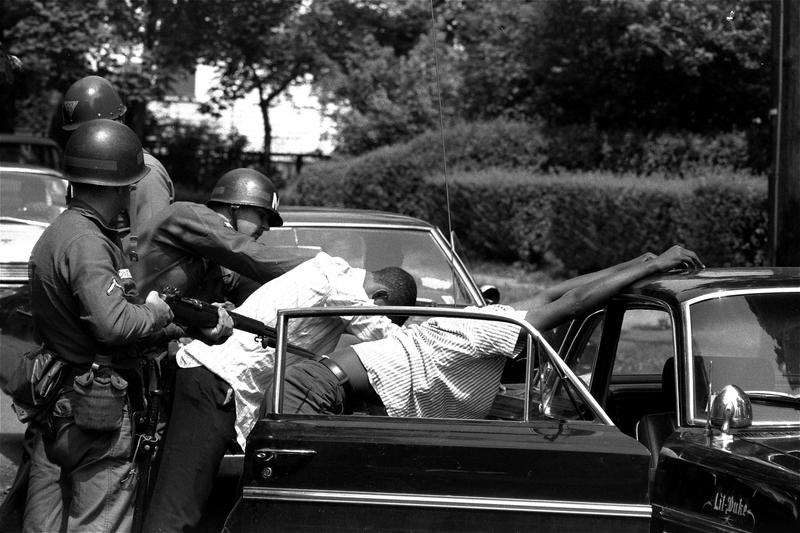
Wilhelmina Holder was only a child when her city was consumed by five days of violence that left 26 people dead.
"We lived under our bed," Holder said Monday, on the 54th anniversary of the Newark Riots. "Away from the windows, as we watched our neighbors being targets by the police. We weren't shooting each other; we were shot by the police."
The civil unrest—referred to by local residents as the Newark Rebellion—began when a rumor spread that a Black cab driver had been killed inside a notorious police precinct on 17th Avenue. The driver, John Smith, was badly beaten but survived. But the incident capped years of brutality and abuse by Newark's largely white police force against the city's Black residents. Someone hurled rocks through the precinct's windows. In the frenzy that followed, others looted stores. The violence escalated when New Jersey's then-Governor called in State Police and National Guard troops who unleashed a torrent of 12,000 bullets across the city, in response to what they said was sniper fire.
The devastation would forever change the city.
Now, in the aftermath of George Floyd's killing, and five years since Newark began reforming its police under a federal consent decree, city officials have closed the infamous precinct and plan to convert it into a museum. The site will honor the 26 people who died in the riots and display residents' stories so current Newarkers understand what led to the violence. It will also house the city's new Office of Violence Prevention, funded with 5% of the city's public safety budget.
"A place that once was a place where people get arrested now becomes a place of help, now becomes a place of hope, now becomes a place where people can come for a different reason, a different purpose," said Keesha Eure, director of the Office of Violence Prevention.
The 1st police precinct, then known as the 4th precinct, was notorious among residents. Those who went in, often came out beaten and bruised, residents said—or didn't come back at all. Inside, officers worked under a sign that read "This is the Wild, Wild West."
Public Safety Director Brian O'Hara, who once worked in the precinct himself, said officers were moved to other locations a month ago while the city builds a new precinct two blocks away. He said the precinct's closure won't impact policing operations in the city and he's happy to see it's transformation.
"It's good to finally move on from that and to repurpose it for the police and the community to something positive, finally all those years after," he said. "And it's really important for there to be a space to remember all those lives lost here."
The museum is expected to open next fall.
